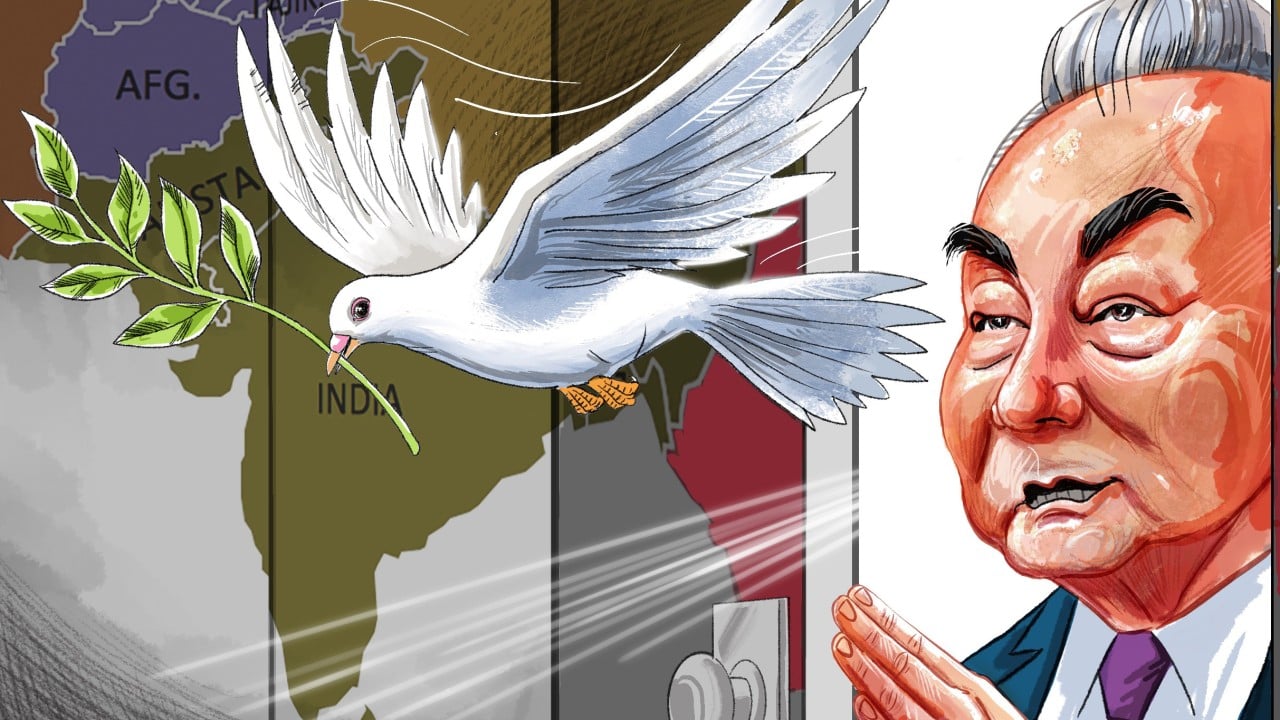Chinese Foreign Minister Wang Yi didn’t just tour South Asia earlier this month; he redrew the region’s strategic map. In three stops – India, Afghanistan and Pakistan – Beijing offered a tactical reset, a warning and a lifeline. The choreography was deliberate; the message was unmistakable: China is shaping the region’s future, one handshake at a time.
Advertisement
The stops were not random. They were sequenced with intent, each one revealing something about China’s ambitions, South Asia’s anxieties and the increasingly fragile scaffolding of global power.
Wang began in New Delhi, India. On August 19, he met with Indian Prime Minister Narendra Modi and Indian Foreign Minister Subrahmanyam Jaishankar. The optics were cordial, but the subtext was unmistakable: China was offering a tactical reset, not a warm embrace.
India and China have previously agreed to a partial troop disengagement along the disputed Line of Actual Control and the resumption of direct flights. Both countries also vow to reopen commercial channels that have been frozen since the 2020 Galwan Valley clash. India, facing economic headwinds and a two-front security dilemma, was reminded of what it stood to gain – access to Chinese markets and infrastructure investment.
Afterwards, Wang was in Kabul, Afghanistan, meeting the country’s caretaker prime minister, Mullah Mohammad Hassan Akhund. The conversation was less about pleasantries and more about pragmatism: counterterrorism, connectivity and the Belt and Road Initiative. China pledged to deepen trade ties but also stressed the importance of countering militant groups that destabilise Pakistan and threaten China’s Xinjiang Uygur autonomous region.
Advertisement
In Kabul, a trilateral dialogue brought together Wang, Pakistani Foreign Minister Ishaq Dar and acting Afghan Foreign Minister Amir Khan Muttaqi.

